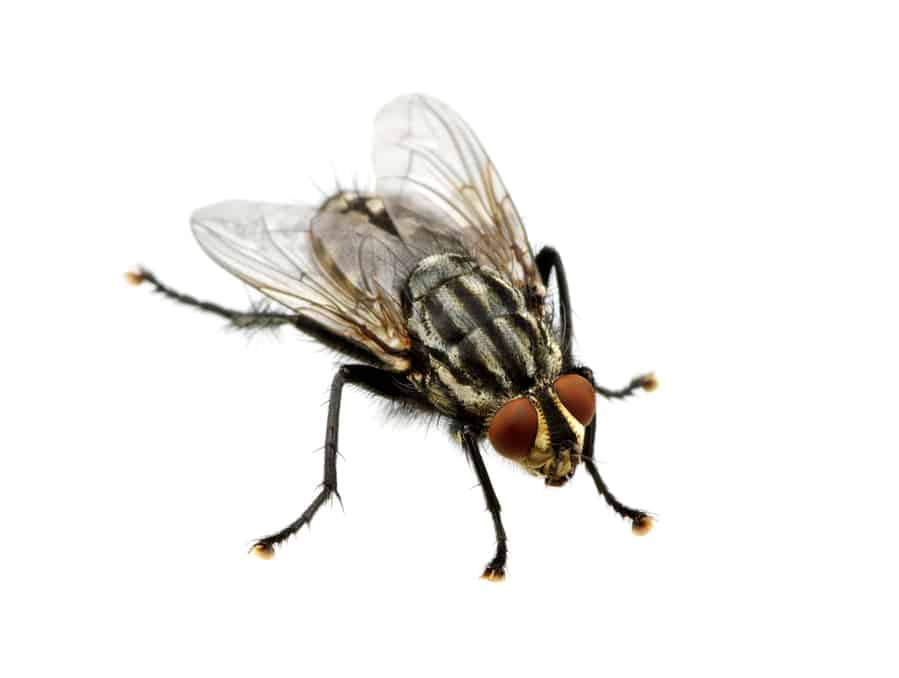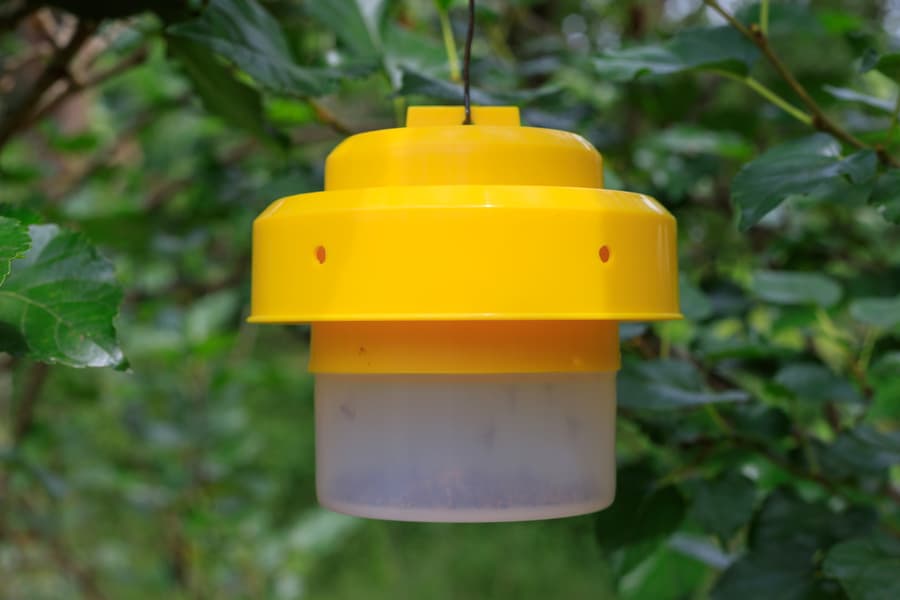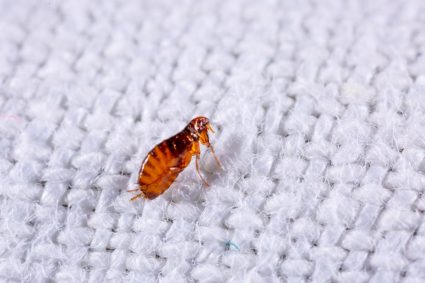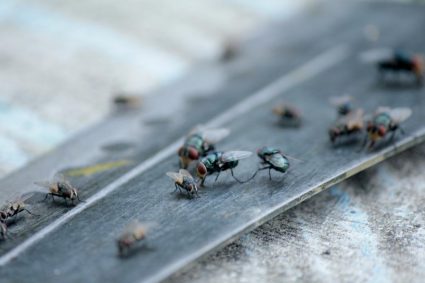
How does citronella oil work to keep flies away?
How much of this essential oil is necessary to deter flies?
Is citronella oil successful in eliminating flies?
Fly-repelling citronella oil is a natural insect repellent used to repel flies. There are ways to use it, including:
- Making a citronella spray
- Putting it directly on your skin
- Lighting a candle with citronella oil
The effectiveness of citronella oil as an insect repellent varies depending on the fly species and the environment.
For best results, it’s a good idea to use multiple methods in conjunction with one another.
You can use citronella oil in a spray and a candle together for an effective repellent against flies.
Citronella oil is a popular natural insect repellent that helps to keep flies at bay.
Whether you are looking to keep flies out of your home or away from outdoor areas, citronella oil is a versatile and effective solution.
5 Ways To Use Citronella Oil To Repel Flies

The leaves of many species of lemongrass are used to make citronella essential oil, which has a potent citrus aroma that repels flies and other insects.
Citronella oil deters flies, mosquitoes, ants, and other common insects.
Citronella oil is simple to use, non-toxic, and effective in several fly-repelling applications.
Below are various ways to use citronella oil to repel flies:
1. Making a Spray

To make a natural fly-repelling bug repellent, combine citronella oil and water in a spray container.
You can change the proportion of water to citronella oil to suit your tastes, but a 1:1 ratio is an excellent place to start.
Shake the bottle well before each use.
One can use the spray to target places like doorways, windows, and outdoor gathering spots where flies frequently assemble.
2. Making a Candle

Insect-repelling candles can be made using citronella oil. It is a quick technique to keep flies away while also giving your home a lovely aroma.
To produce it, you will need some beeswax, which you can melt in a double boiler.
Once you melt the beeswax, add citronella oil to the melted wax, using roughly 10 to 15 drops of oil per ounce of wax.
Pour the mixture into a candle jar after thoroughly mixing and let it cool to harden.
You can light the resulting candle to ward off flies in your house or outside.
3. Direct Application to the Skin

You can use citronella oil sparingly when applying it directly to the skin to repel flies.
Strongly irritating citronella oil can irritate skin or trigger allergic responses in some persons.
Because of this, it is better to test a tiny skin area before using the oil on a larger patch.
Discontinue use if you experience any irritation or have any other unpleasant responses.
Before using citronella oil on the skin, you can dilute it with a carrier oil like coconut or almond oil.
4. Using an Oil Diffuser

To keep the room smelling fresh and to keep flies away, citronella oil can also be used as an oil diffuser together with other oils.
This technique makes fly repelling in a tent or other enclosed space easy.
Using a diffuser, the oil can efficiently repel flies and other insects when it is diffused into the air.
Since there is no skin contact, this procedure is more pleasant than putting the oil straight on the skin.
5. Use It in a Fly Trap

Mix citronella oil with sugar, water, or sweet liquid in a jar or bottle.
Then, add a few drops of dish soap. Use this mixture as a fly trap.
Flies will be drawn to the pleasant liquid, but they will become trapped in the jar.
This is because the soap breaks the liquid’s surface tension and makes it harder for the flies to escape.
Conclusion
Fly repellent made from natural ingredients like citronella oil works well.
To keep indoor and outdoor places fly-free, it can be utilized in various ways, including sprays, candles, lotions, diffuser blends, and DIY cleaning solutions.
It is adaptable, simple, and secure for individuals and pets.
Citronella oil can aid in lowering fly populations even if it might not completely eradicate a fly problem.
For optimal efficiency, apply citronella oil at full dosage whenever possible and think about combining it with other fly-repelling techniques.
It should be used carefully, especially when applying it directly to the skin or in a confined space, due to its highly irritating properties.
Frequently Asked Questions
Is It Okay To Use Citronella Oil Around Animals?
When used sparingly around pets, citronella oil is generally considered safe. However, it is crucial to remember that citronella oil is a potent irritant and can give certain animals allergic responses or skin irritation.
As a precaution, pets should not be allowed in areas where citronella oil is used.
Mix it with a carrier oil, such as coconut oil or almond oil, if you intend to apply it straight to your pet or its bedding.
Before applying it to a wide section of the animal’s skin, it is also a good idea to patch-test a small area first.
How Long Does the Repelling Effect of Citronella Oil Last?
Using a particular product or application technique and the surrounding environment can affect how effective citronella oil is as a repellent.
Citronella oil must often be reapplied after a few hours if used in a spray or lotion.
The oil used in candles or diffusers will continue to burn for the duration that the candle or diffuser is lit.
Does Citronella Oil Harm Plants?
When used in the correct doses, citronella oil is typically safe to use near plants and is not known to be harmful.
To ensure the plant will not be hurt, it is usually a good idea to test the oil on a small portion of the plant before using it on a larger area.
It is better to dilute it before using it in large quantities, and you should avoid putting it to plant leaves because it could discolor them.











